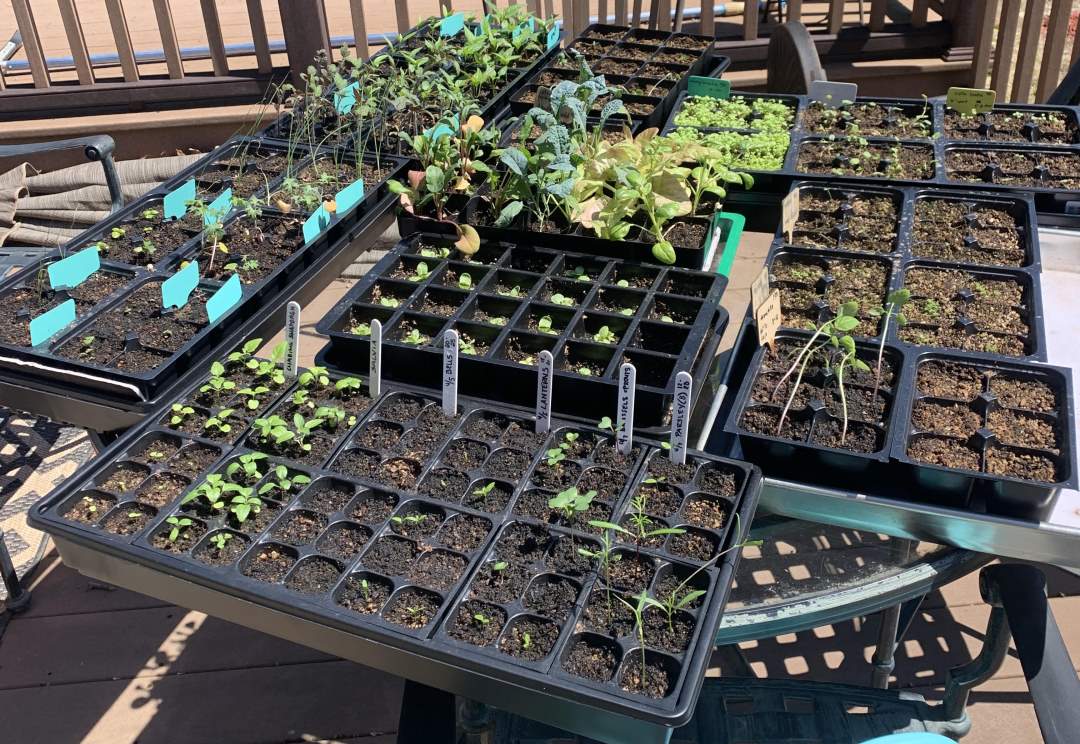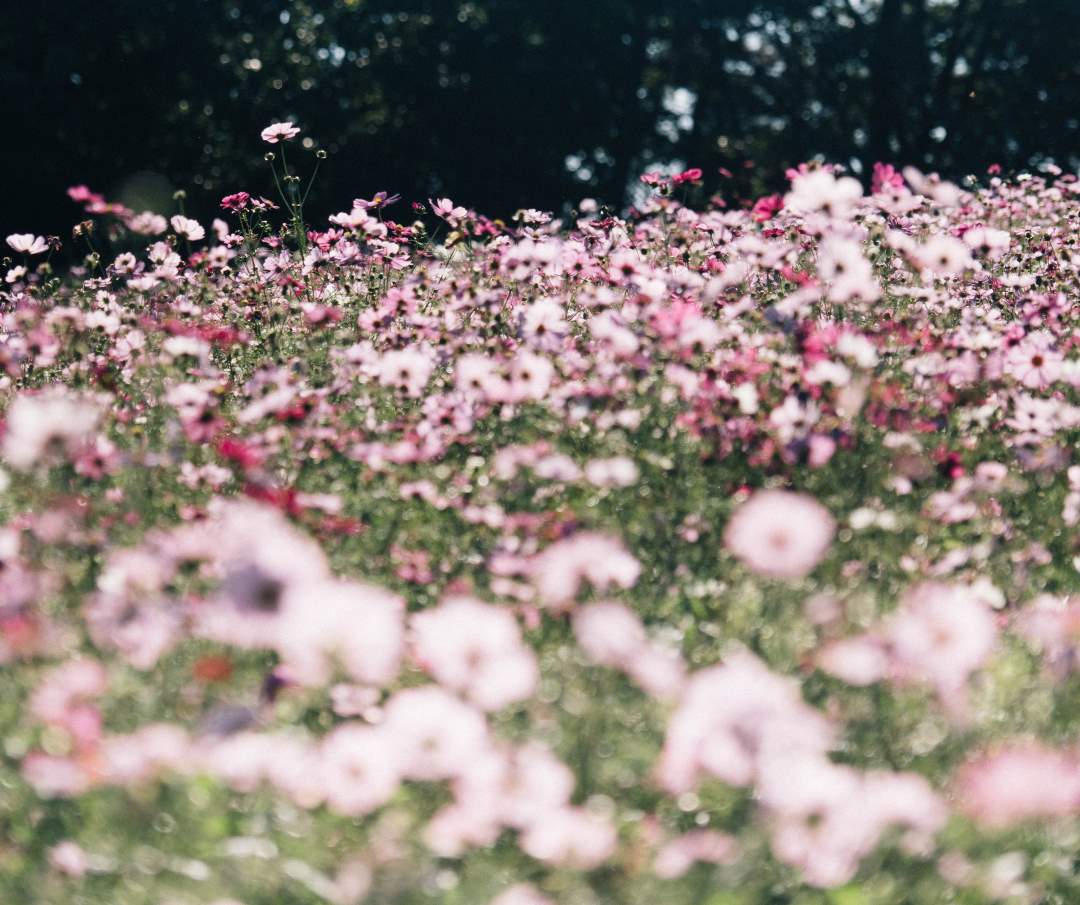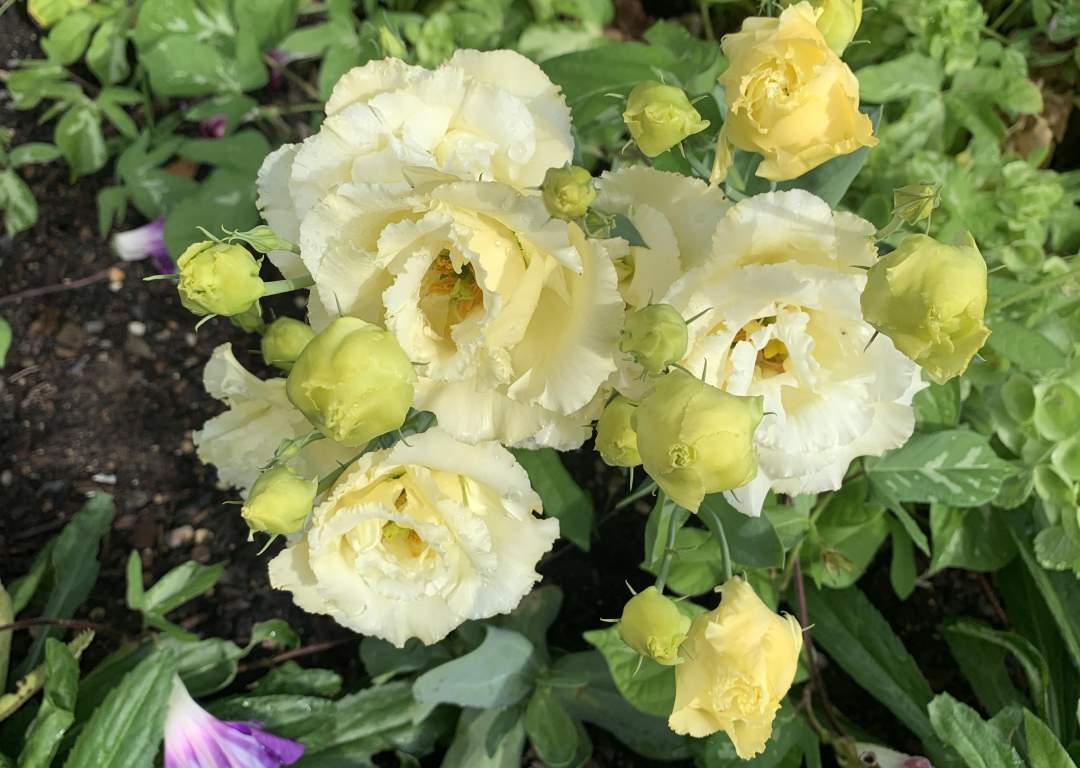Ah, seed catalogs. There isn’t a gardener who doesn’t cherish their arrival in the mail in the dark and cold of winter. We fawn over the pages, turn down corners, make plans for all the glory we will sow, then reap, collecting the literal fruits and vegetables of our labor into a garden hod.
Until recently, however, I largely ignored the flowers in seed catalogs. Why bother, when I can go to the fantastic nurseries in my area and buy already-thriving plants, arrayed in fine fettle, jockeying for attention with their colored throats beckoning or their layered petals seeming to bat their eyelashes at me as I walk by? I also have one or two trusted mail-order sources for live plants that I have depended on over the years, whose catalogs become well- worn within days of landing in my mailbox and into my grubby little gardener’s hands.
I mean, sure, yes, each year I buy some of the good-old-faithfuls to plant from seed, some what absentmindedly plucking packets of seeds from a carousel at the supermarket or home center. They laze on the kitchen counter till I finally push the seeds into the ground: bright-yellow sunflowers of different stripes, nasturtiums to scramble over bare patches in my garden and deliver to me their peppery blossoms for salads, morning glory to cover a drainpipe. But I definitely always thought of those flowers, though delightful, as some kind of second-tier pleasure: when things come too easily, a gentle disregard can settle in. The struggle I face in making great soil for my vegetables or the long wait for fall’s rhizomes to turn into spring’s peonies and iris enrich the payoff.
I feel I worked for those rewards.
 Items ready to plant in Morrison’s garden.
Items ready to plant in Morrison’s garden. But this year I was seduced into growing flowers from seed, by the wantonly luxurious lisianthus. Well, the lisianthus and the fact that I had recently moved, and so was installing more than 500 square feet of garden beds in my new home. I had done the math on what plants would cost to fill all that space and regretfully emptied my Bluestone shopping cart of two-thirds of what I’d selected on an initial planning romp. Planting flowers from seed suddenly seemed judicious and wise, rather than incidental/accidental.
It was the photo of the yellow lisianthus on the Johnny’s Selected Seeds website that hooked me. It had never even occurred to me to grow lisianthus, even though it is probably my favorite fresh flower to buy in a store. Its multiple blooms on each stem open and unfold across two weeks or more, making the math of such a splurge — because I always buy an armful, who can buy just one or three? — work out in my head. Lisianthus marched across my screen, in so many beautiful colors, many of which I’d never seen: the palest pink, a haunting chiffon yellow, deep purple, dark rose, a subtle lime green, an earthy bronze, pale lavender, crisp white and on and on. I settled on the pale yellow, imagining its contrast with the deep-violet salvia plants I would be putting in, and added the seeds to my cart.

I barely paid attention to whether the flowers were annuals or perennials, which felt cavalier and thrilling. Previously, I had shunned planting flowers from seeds that would grow and die and never come back. But now I realized the temporariness was partly the point. I could try them ALL, every flower I’d ever admired, and then try something new the next year. I could start my new garden beds this year with a handful of anchor plants and foundational shrubs and trees, and take some time to really learn my garden — my soil, my weather, where the downspout would carve out a furrow, where the sun would play hide and seek and cast house shadows.
I hadn’t before realized how much I let reason dictate what I put into my beds until now: my former stance was ‘Why “waste time” on something that wasn’t here to stay?’ And now I wanted to have the chance to be in concert with every flower I’d ever fancied. I wanted to enjoy brand-new dalliances, even if they didn’t make much sense. Enough with reason.
My packets arrived and I arrayed them on my table to make my planting plan: which seeds start as transplants, which ones do I direct sow? I had so many kinds that I needed to make an Excel sheet to keep track of which seeds needed to be started when, alongside the vegeta bles. This is when I learned that lisianthus is rather an “expert” flower, taking 150 days to reach maturity after germination and requiring careful calibration of soil temperature and water so it doesn’t “rosette” (prematurely enter a resting stage) until it can be safely put in the ground. Which meant I needed to plant them on… January 30. A full six weeks before I would normally assemble my seed-starting trays and fire up the plant lights.
Dalliance? Ha. I would be working for this particular flower for nearly half a year.
My partner endured the early entry of nighttime lighting into our lives in good humor (our particular home setup means the seedlings sleep with us). And through February and March I kept starting seeds in locations all over the house depending on their temperature and lighting needs. And then, after hardening off each batch at the right time, gingerly, gingerly placing these teensy seedlings into the ground — next to my muscular nursery plants — and thinking, “No way this will work.”
There had been mishaps: lights too high for the Chinese lanterns meant leggy seedlings that couldn’t hold themselves up; too much water for the seedlings in the cool basement meant my lobelia never had a chance. The salvia and heuchera seeds were tiny as dust, so there was no way to carefully dibble; it was more like sneezing a puff of seeds over the soil, and so the seedlings were overcrowded and so tiny I couldn’t consider lifting them to tease and separate their roots.
And? It has all been a blast, and it has changed how I think about my gardens. Even before there were flowers — even before I was certain there would be flowers — I was enjoying my productive pessimism: the learning and wondering and worrying and trying out all these new things, like nurturing a seedling for 128 days.
It’s so disappointing when you grow an easy plant, and it fails.
It’s much more fun to plant a difficult plant from seed and have it succeed.
 Lisianthus blooming in Morrison’s garden late summer.
Lisianthus blooming in Morrison’s garden late summer.
The lisianthus was slow in the garden. As were the cosmos and salvia and Chinese lanterns and bells of Ireland. I assumed that my seedling nurturing had been subpar, and that, paired with my subpar soil, is what led to the seedlings’ lackluster response to being planted. Weeks went by and they stayed tiny. Until suddenly everything clicked, and everything grew — and I mean everything — and one by one I was wowed by the glory of all these different flowers I’d never even thought to grow, showing off for no one but themselves.
In the middle of August, the tiny buds that had been on the lisianthus for weeks plumped up and almost overnight burst into their glory. I’m stunned by them, still. Every seedling makes a single stem, loaded with flowers — I counted 16 on one. So they are not a perfect garden plant, in that their foliage doesn’t create a nice mound, the spaces where they are planted in the garden look a little bare, a little wonky.
But they’re perfect. And I’m looking forward to having my sleep gently interrupted by my plant lights this January when I start the whole 190-day cycle again.
The seed has been planted. And taken root.



